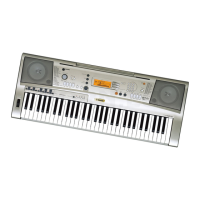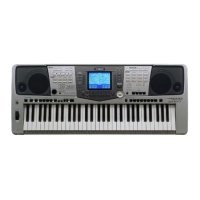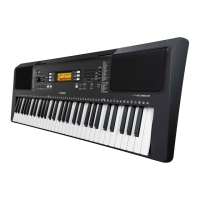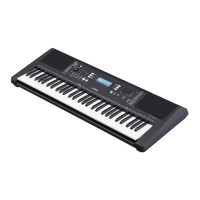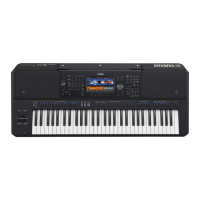142 PSR-A3000 Owner’s Manual
7-3 Press the [EXIT] button to close the window.
8 Press the [EXIT] button to return to close the DRUM SETUP window.
The edited Style will be lost if you change to another Style or turn off the power to the instrument without carrying out the Save operation
(step 7 on page 126).
EG Attack Determines how quickly the sound reaches its maximum level after the key is
played. The higher the value, the quicker the attack.
EG Decay 1 Determines how quickly the sound reaches its sustain level (a slightly lower
level than maximum). The higher the value, the quicker the decay.
EG Decay 2 Determines how quickly the sound decays to silence after the key is released.
The higher the value, the quicker the decay.
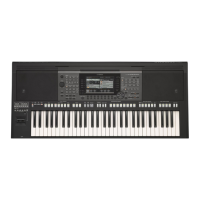
